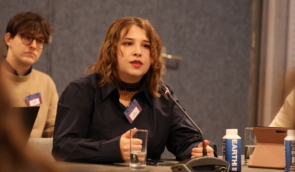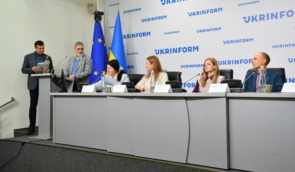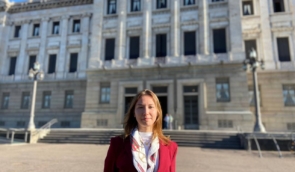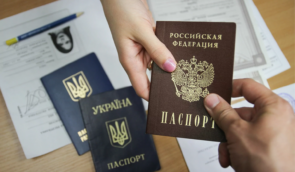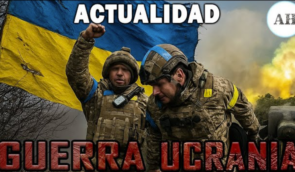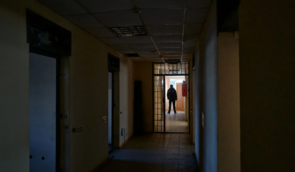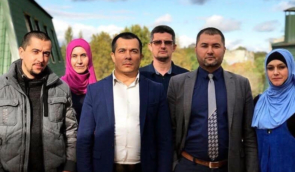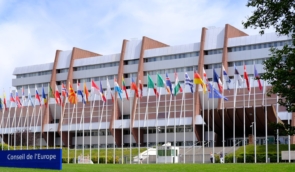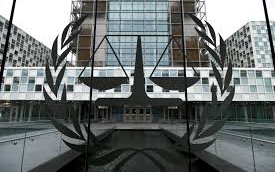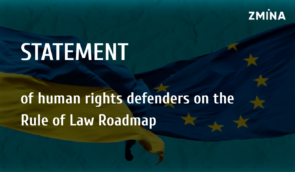ZMINA took part in a multimedia exhibition in Chile focused on deported Ukrainian children
The Museum of Memory and Human Rights in Santiago, Chile, opened a multimedia exhibition “No hay niños, hay gente” (“There are no children, there are people”), dedicated to the issue of the unlawful deportation and forced displacement of Ukrainian children by Russia during the invasion.
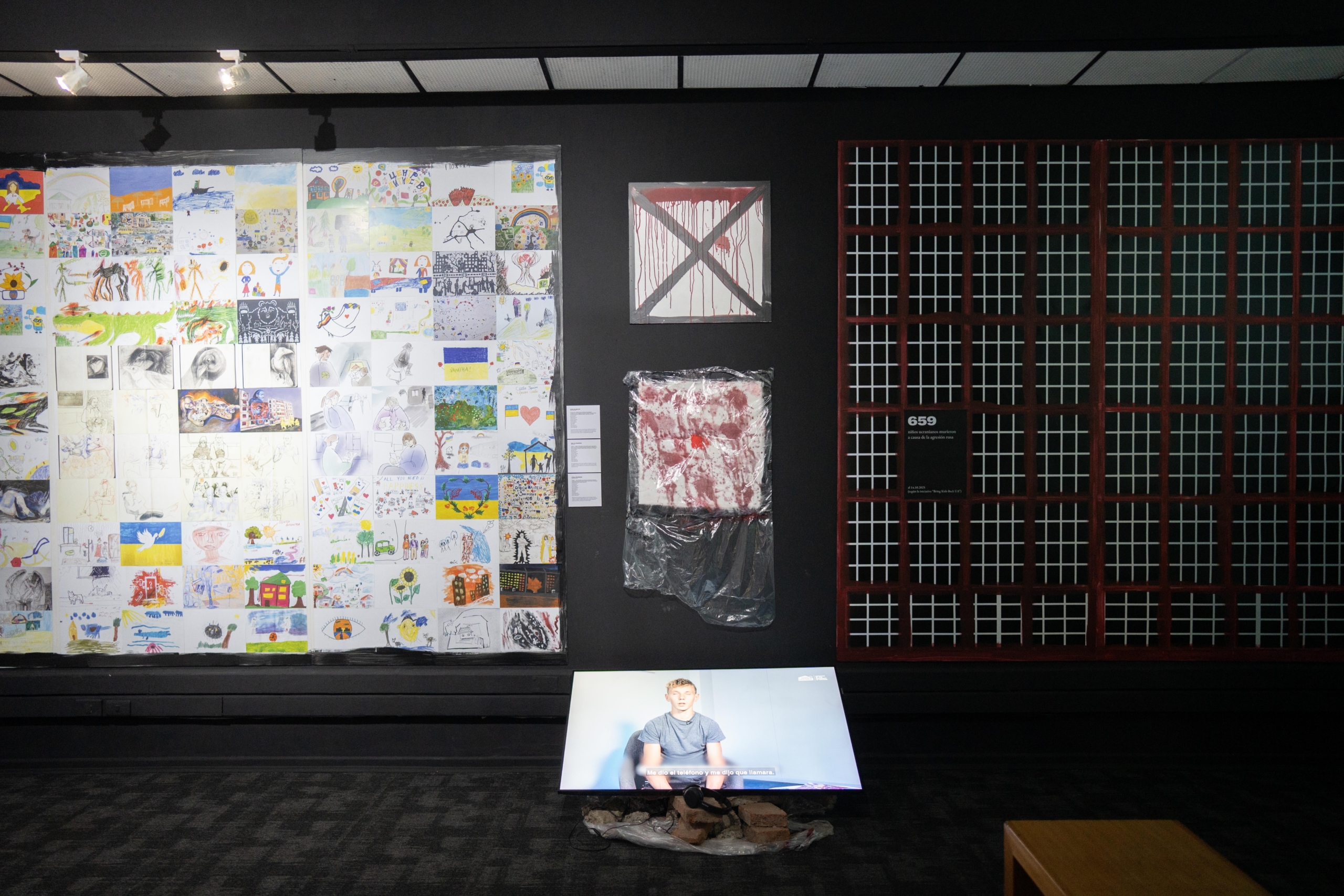
The project was created jointly by the initiative of the President of Ukraine, Bring Kids Back UA, the cultural platform GogolFest, the Charitable Foundation Voices of Children, the International Renaissance Foundation, the Museum of Memory and Human Rights, and the Embassy of Ukraine in Chile.
The opening ceremony was attended by representatives of the diplomatic corps, the Ministry of Foreign Affairs of Chile, artists, psychologists, journalists, representatives of human rights organisations, including ZMINA, at the invitation of Bring Kids Back UA.
In his welcoming speech, Ukrainian Ambassador to Chile Yurii Diudin drew attention to the symbolic significance of the exhibition venue: “We have gathered in a place that embodies memory, truth and justice to talk about one of the most horrific crimes of our time — the abduction and unlawful deportation of Ukrainian children by Russia. They are not ‘collateral victims’ — they are people with their own dignity and dreams. Every drawing, every voice represented in this exhibition is a testimony of pain, strength, hope and resilience“.
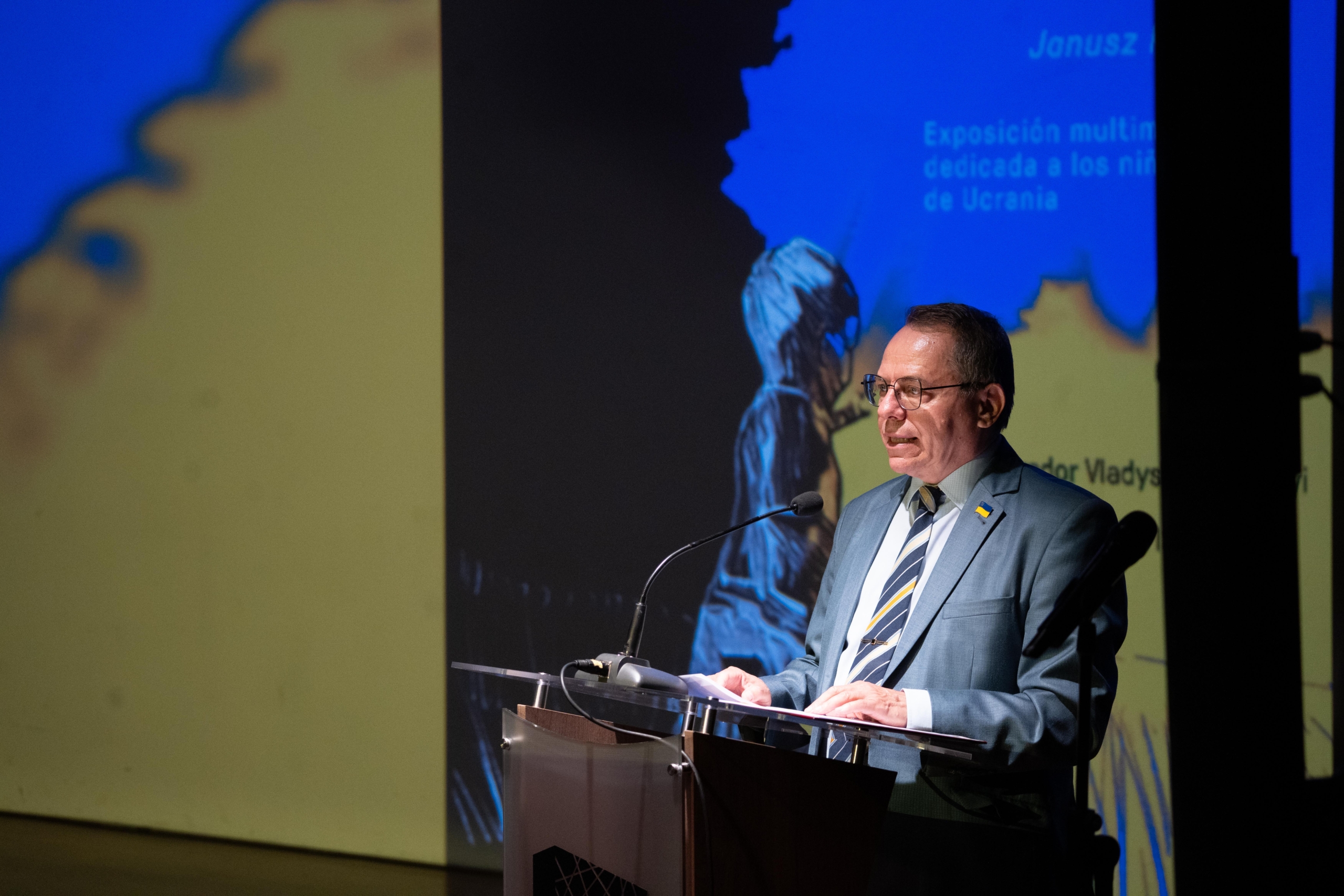 Photo: Ambassador Yurii Diudin
Photo: Ambassador Yurii DiudinThe Ambassador emphasised that since 2022, Russia has unlawfully deported tens of thousands of children, and the actual number is likely to be significantly higher. He emphasised that this is a systematic practice, recognised as a crime by the International Criminal Court, and that returning every child to their home is a moral mission for the entire world.
The Director of the Museum, María Fernanda García Iribarren, noted that it is a great honour for them to host this exhibition: “Remembering the tragedies of the past only makes sense if it helps prevent crimes in the present. Today, we speak in unison with Ukrainian children, their families, and the entire nation fighting for the right to live in peace“.
She added that art has the power to restore humanity even after the most traumatic experiences, and it is through such initiatives that a culture of remembrance based on empathy, dignity and truth is formed.
The curator of the exhibition, Director and Founder of GogolFest, Vladyslav Troitskyi, emphasised that the project “No hay niños, hay gente” is an attempt to look into the heart of war through the eyes of children. The exhibition raises awareness of how war changes the very concept of childhood and asks viewers: What are we, as a society, prepared to do to ensure that these children do not remain mere statistics?
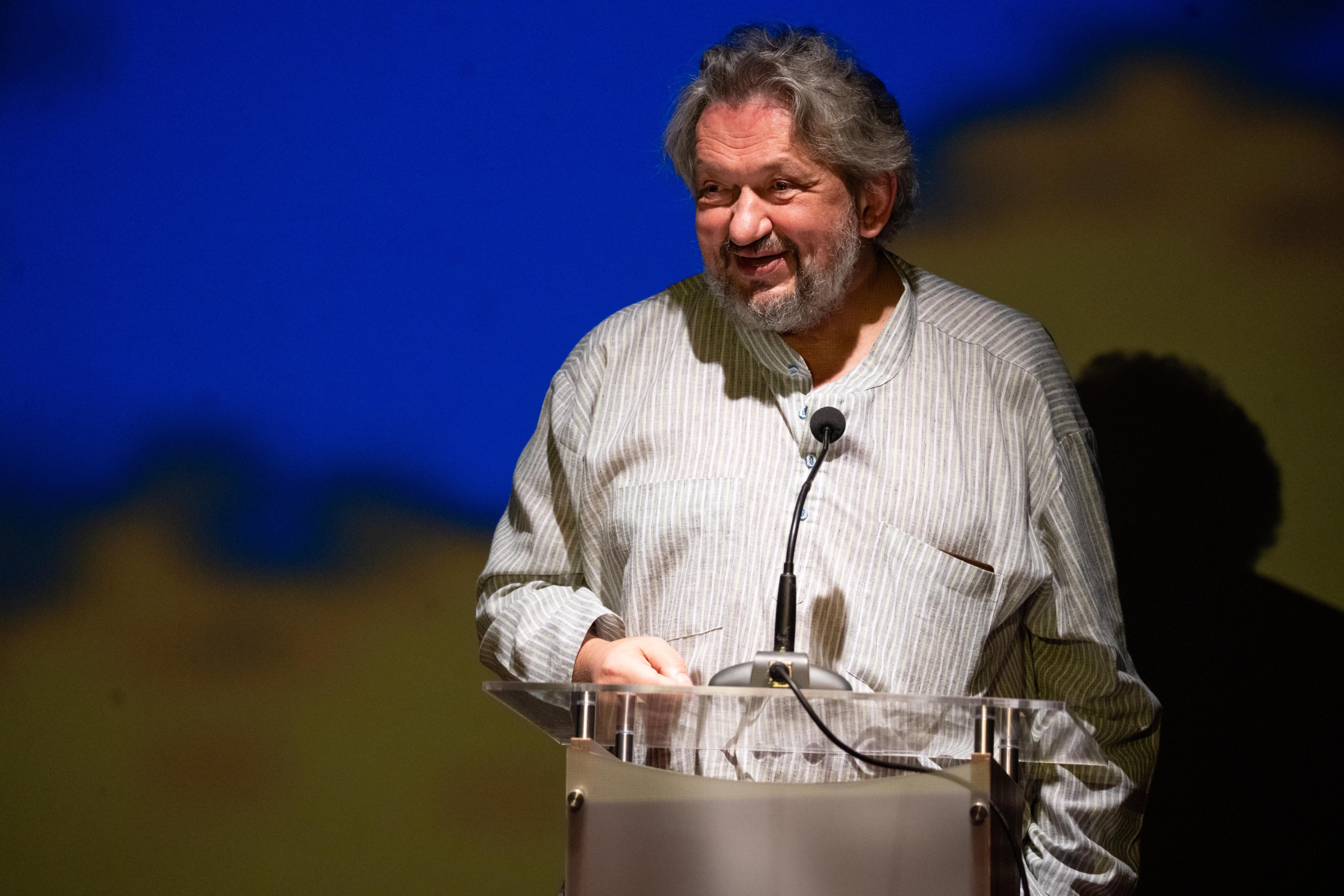 Photo: Vladyslav Troitskyi
Photo: Vladyslav TroitskyiOnysiia Syniuk, Legal Analyst of the Human Rights Centre ZMINA, also spoke at the opening, giving a detailed account of the systematic violation of Ukrainian children’s rights: “Tens of thousands of forcibly displaced and deported children — this is only the number we know about. Russia refuses to provide information to Ukraine and international organisations. Thanks to the efforts of the Ukrainian authorities and civil society organisations, around 1,700 children have been returned. However, approximately 1.6 million remain in the occupied territories under Russian control“.
She explained that children continue to be militarised and deprived of their Ukrainian identity: “Children continue to be recruited into military classes and youth organisations, convinced that it is their duty to fight against their own state. Their Ukrainian identity is stolen through the imposition of Russian passports and education, and sometimes they are even given up for adoption to Russian families. Changing their names and personal details means that they will never know that they have been deprived of their identity“.
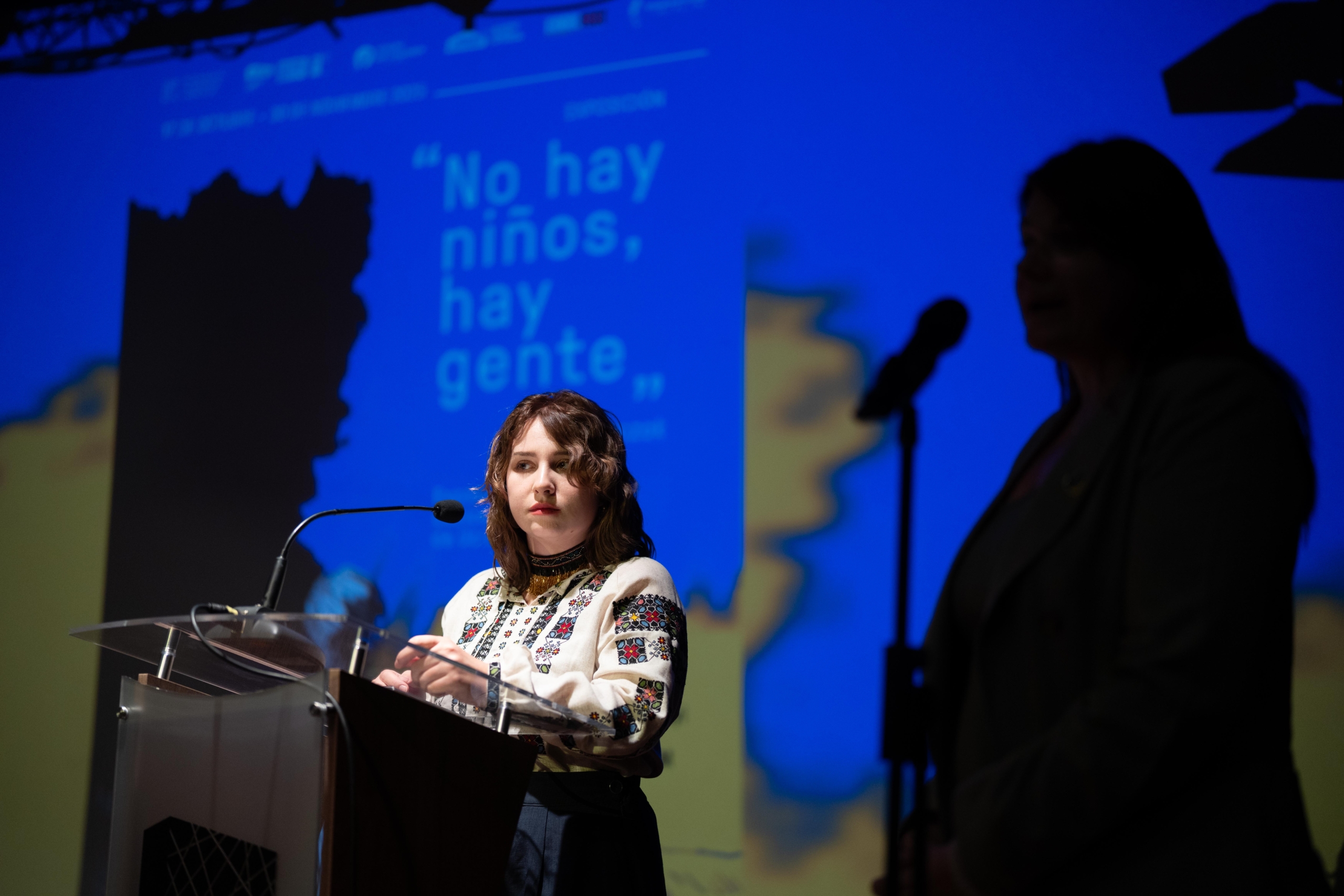 Photo: Onysiia Syniuk
Photo: Onysiia SyniukOnysiia Syniuk stressed that these violations will have long-term consequences and called on the international community to take concrete action: “It is important that this event becomes a call to action: to maintain international pressure on Russia, to strengthen sanctions and to involve more countries in the Coalition for the Return of Ukrainian Children. Indoctrinating and militarising children, erasing their identity, is a serious violation of children’s rights, not a side effect of war“.
The guests were particularly impressed by the speeches given by Ukrainian teenagers — Anna from Kharkiv, and Marta from occupied Donetsk, who shared their experiences of war and deportation.
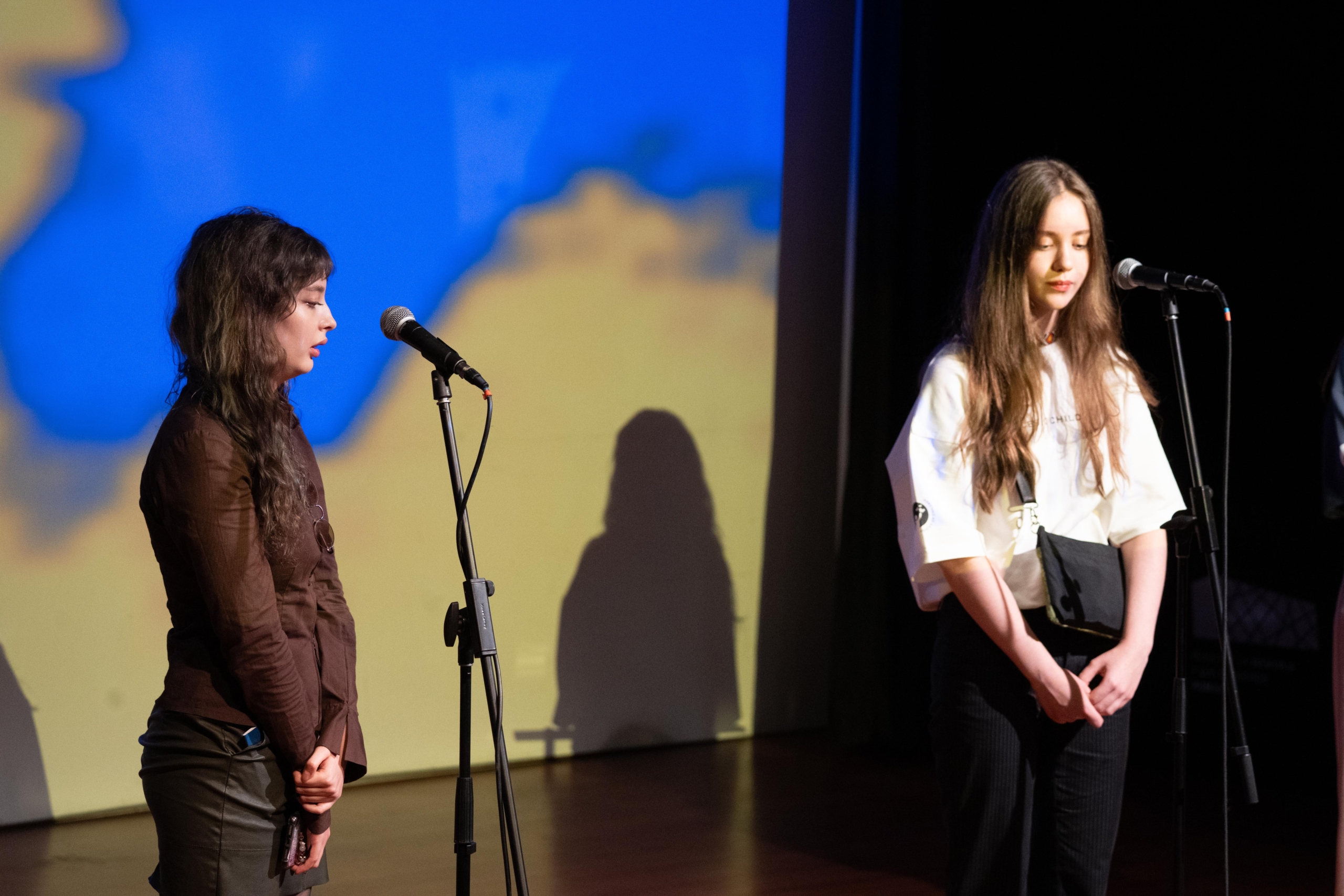 Photo: Anna and Marta
Photo: Anna and MartaMarta Hlazkova, 18 years old: grew up in occupied Donetsk, studied remotely at a Ukrainian school, waited until she turned 18 and moved to Kyiv. She is studying at Kyiv National Linguistic University, dreams of becoming a linguist and of learning Japanese.
Anna, 16 years old, Kharkiv: the heroine of a video story about childhood during the war and deportation, which is included in the exhibition.
“This building was 135 years old and will never be 136. I draw people, I draw buildings that I have lost. I dream of becoming an architect. The thought that I can make Kharkiv even better gives me strength, as do all the activities we do in Kharkiv with friends, our exhibitions, and music-making. We do this despite everything,” Anna says in the video.
The exhibition will run in Chile’s capital, Santiago, at the Museum of Memory and Human Rights until 30 November 2025, with free admission.
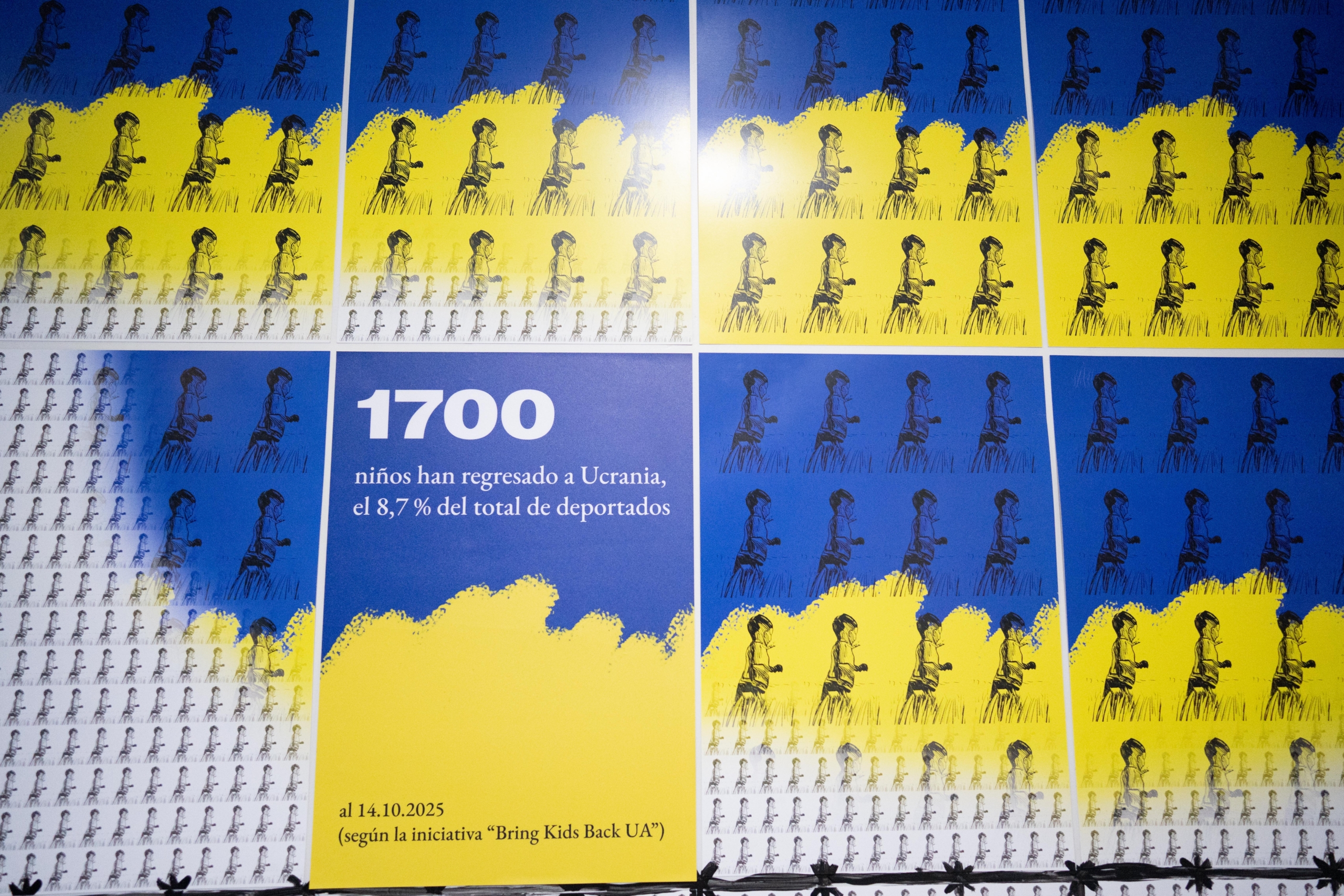
If you have found a spelling error, please, notify us by selecting that text and pressing Ctrl+Enter.


